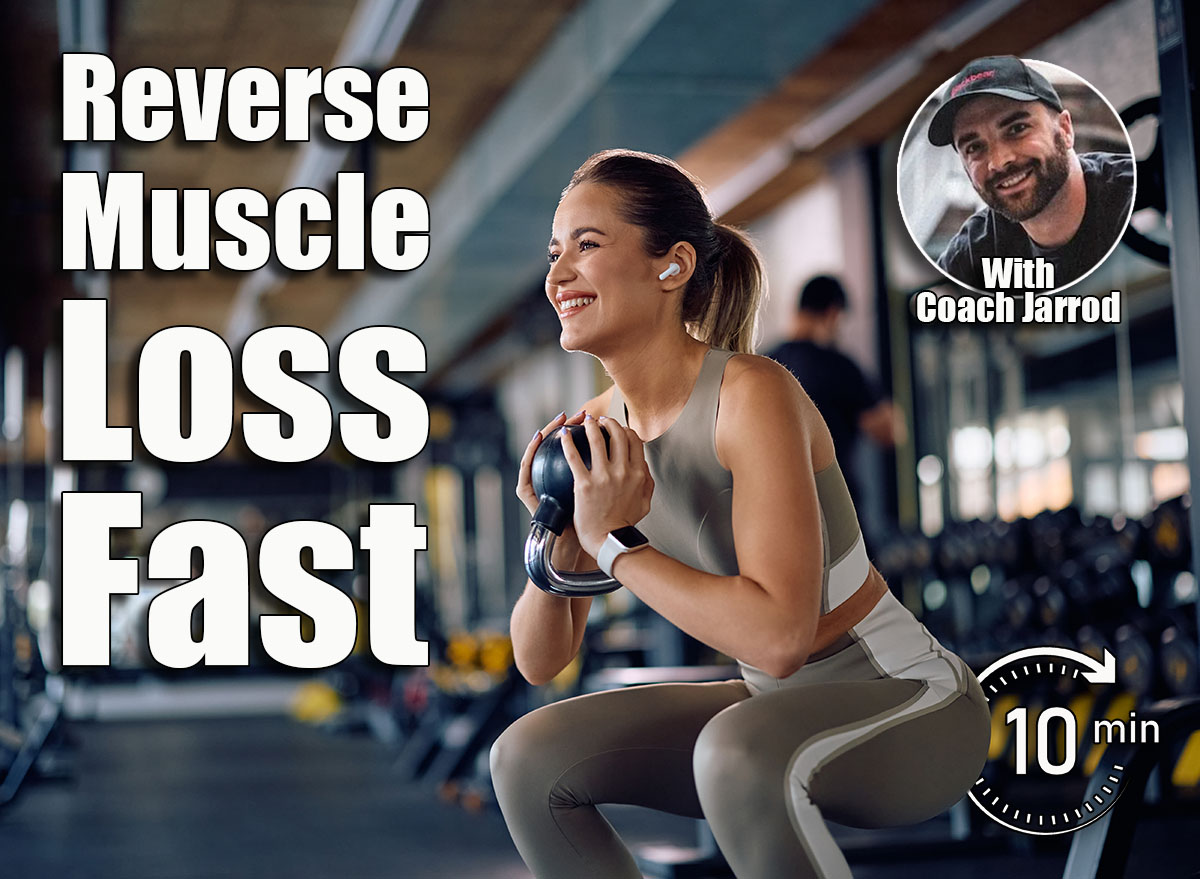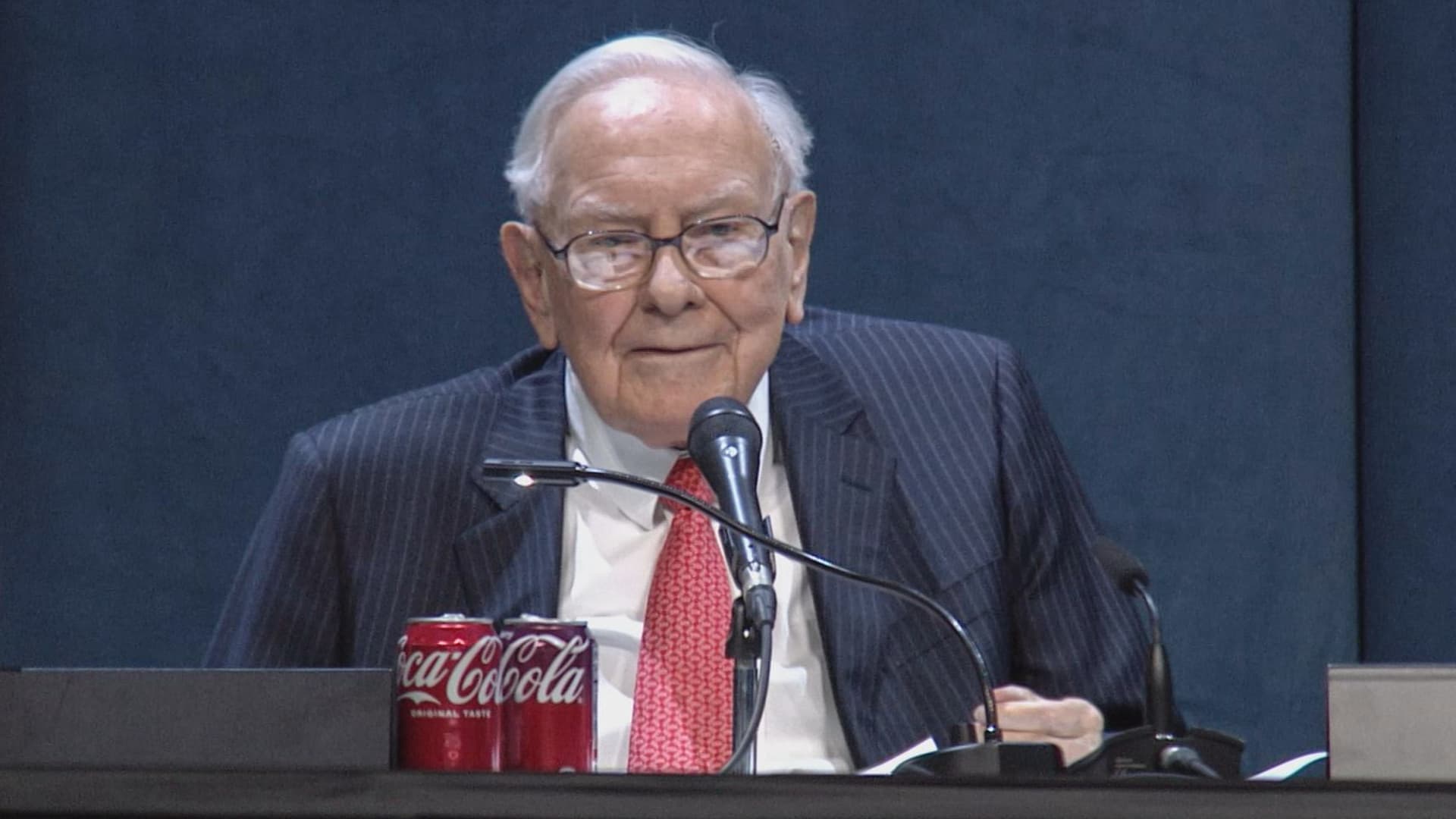Hitting 40 brings a new perspective on training. You may not have hours to burn in the gym, but you still want the kind of results that keep you strong, athletic, and looking sharp. Muscle loss doesn’t creep up overnight; it builds over time if you let strength slip from your weekly routine. The fix doesn’t require complicated programs or endless sets. It begins with setting aside 10 minutes for focused movement.
Short bursts of strength training have been shown to trigger the same anabolic signals as longer sessions at the gym. The difference is consistency. Ten minutes, executed with purpose, can preserve lean tissue, boost metabolism, and keep your joints working smoothly. That kind of training becomes even more valuable after 40, when recovery and lifestyle demands call for more innovative programming.
This routine combines functional strength with simple bodyweight and light resistance exercises that can be performed almost anywhere. The focus is on quality reps that activate large muscle groups, providing you with a greater strength-building impact per minute.
Over the following few sections, you’ll find the complete 10-minute routine, step-by-step directions for each move, and tips on how to make it work best for your body. Stick with it, and you’ll notice more than just muscle maintenance. You’ll find yourself feeling stronger and more energized in your day-to-day life.
The 10-Minute Muscle Rebuild
What you need: A set of dumbbells, a chair or sturdy surface, and 10 uninterrupted minutes.
The Routine
- Pause Goblet Squats (3 sets of 10 reps)
- Pushups (3 sets of 8–12 reps)
- Bent-Over Rows (3 sets of 12 reps)
- Split Squats (2 sets of 8 reps per leg)
Directions
Perform the first exercise, rest for 30 seconds, and then proceed to the next one. Cycle through all four moves and repeat until your 10 minutes are complete. Focus on controlled movement, smooth breathing, and engaging the working muscles. Read on for the detailed instructions.
Pause Goblet Squats
Squats are the ultimate lower-body builder, and adding a pause forces your muscles to work harder by removing momentum. This trains your legs to generate more power, strengthens your core, and improves hip and ankle mobility. For anyone over 40, it’s a smart way to build functional strength that carries over to daily life.
- Hold a dumbbell at chest height with both hands.
- Stand with your feet shoulder-width apart.
- Lower your hips into a deep squat while keeping your chest upright.
- Pause for 2 seconds at the bottom of the squat.
- Drive through your heels to return to a standing position.
- Repeat for the set number of reps.
Best Variations: Bodyweight Squat, Dumbbell Front Squat, Tempo Squat
Pushups


Pushups remain one of the most efficient upper-body exercises ever created. They strengthen your chest, shoulders, triceps, and core in a single move. They also build joint stability in the shoulders, which becomes more critical as you get older and want to protect your upper-body strength.
- Place your hands just outside shoulder-width on the floor.
- Keep your body in a straight line from head to heels.
- Lower your chest toward the floor with control.
- Press back up by driving your palms forward.
- Modify by placing your knees on the ground if needed.
Best Variations: Incline Pushup, Decline Pushup, Diamond Pushup
Bent-Over Rows


Rows develop the muscles in your back, which are often neglected in everyday life. A strong back supports posture, prevents nagging aches, and balances out pressing movements like pushups. They also strengthen the muscles around your spine, making your body more resilient against age-related weakness.
- Hold a pair of dumbbells at your sides.
- Hinge at your hips, keeping your back flat and chest forward.
- Pull the weights toward your rib cage, keeping your elbows tight.
- Squeeze your shoulder blades together at the top of your back.
- Lower slowly and repeat.
Best Variations: Single-Arm Dumbbell Row, Resistance Band Row, Renegade Row
Split Squats


This single-leg exercise improves balance, hip stability, and unilateral strength. It’s perfect for addressing muscle imbalances that develop over time and is especially helpful for maintaining athleticism and coordination after the age of 40. Your legs and glutes get stronger, and your knees and hips benefit from the controlled range of motion.
- Stand in a staggered stance with one foot forward and the other back.
- Lower your back knee toward the ground while keeping your front heel planted.
- Push through your front leg to stand tall.
- Complete all reps on one leg before switching to the other.
Best Variations: Reverse Lunge, Bulgarian Split Squat, Step-Up
Best Strength-Building Tips After 40


At this stage of life, showing up matters more than chasing marathon gym sessions. You don’t need hours under the barbell to see results—you need consistency, quality movement, and smart recovery. The body responds best when you pair short, focused workouts with habits that support muscle growth outside the gym. Keep these strategies in place, and you’ll continue to build strength long after 40.
- Prioritize Consistency: Ten minutes most days of the week delivers better results than a single marathon session.
- Focus on Form: Quality reps build more muscle and protect your joints.
- Progress Smartly: Add weight, reps, or time under tension only when your form is rock solid.
- Mix in Mobility: A few minutes of stretching or foam rolling helps you recover faster.
- Fuel the Process: Adequate protein intake (20–30 grams per meal) supports muscle growth and recovery.








Leave a Reply